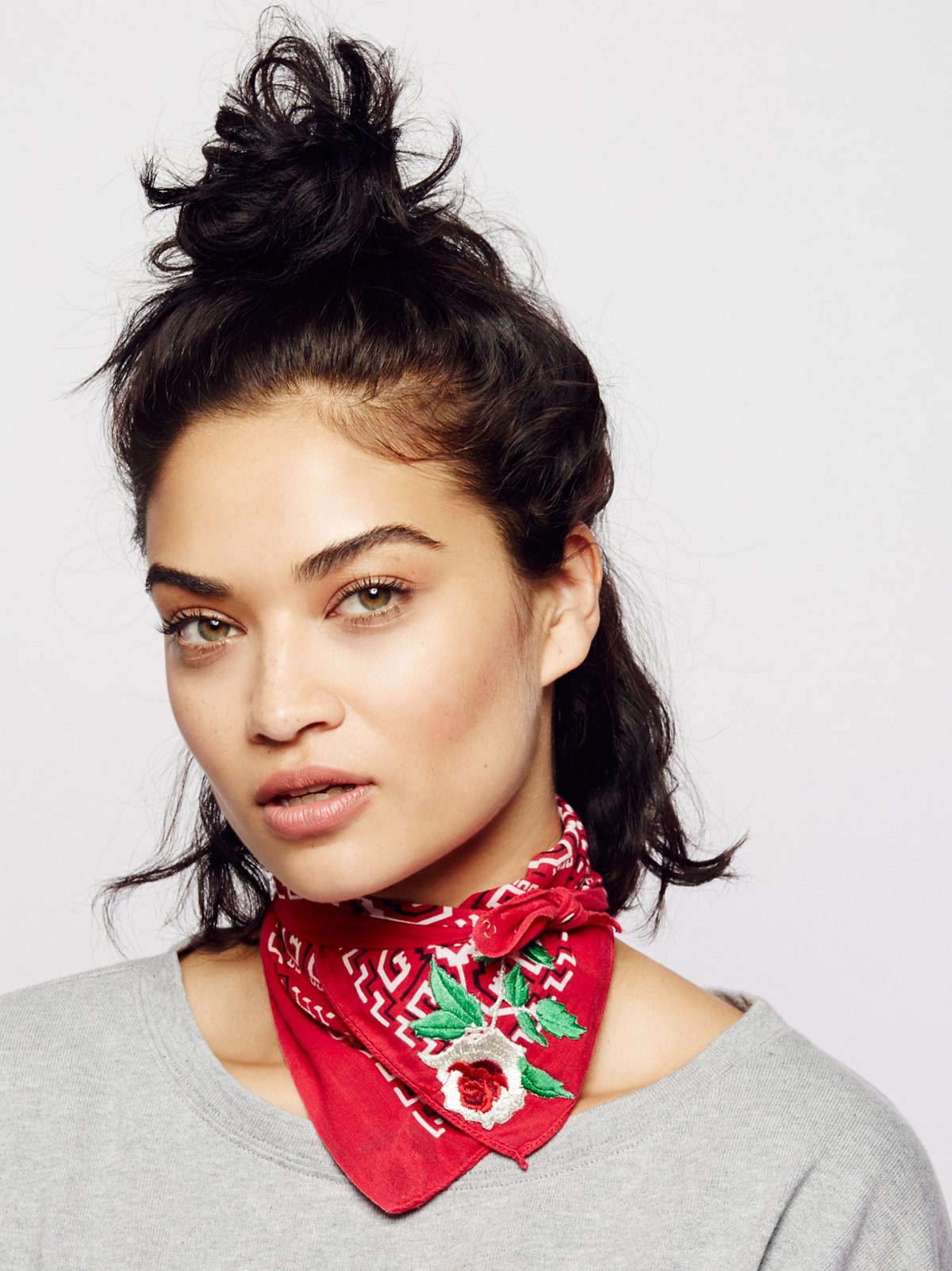Face masks have become an essential part of our daily routine in the wake of the COVID-19 pandemic. They help slow the spread of the virus and protect ourselves and others. A few options for face protection are respirators, procedural masks, and fabric masks. The choice of the mask is frequently based on what is accessible. So, individuals typically make use of what they already have. However, the efficiency of each kind of mask varies.
Bandanas
A triangular and square piece of fabric known as a bandana is frequently used as a neck or head covering. One method to prevent particles such as dust from entering your respiratory system is to tie a bandana over your nose and mouth.
Bandanas offer some defense against spray and droplets brought on by coughing or sneezing. According to the study, droplets can spray over 8 feet (ft) without any type of mouth or nose covering. That can be reduced to less than 4 feet when wearing a bandana.
Cloth masks
The spreading of airborne particles can be limited to some extent by the use of face masks. They work well as a face covering when worn correctly and with the appropriate number of layers. Cloth masks need three layers to function properly.
Disposable procedure masks
Surgical masks are comprised of a mixture of paper or polymers and are disposable.
Procedure masks, when worn correctly, can aid in preventing the spread of germs by obstructing big drops, splashes, and sprays. However, they frequently fail to be as effective at obstructing the airborne particles caused by breathing, talking, coughing, and sneezing.
NECK GAITER
In order to protect their face and neck from the elements, outdoor enthusiasts frequently wear neck gaiters, that are basically fabric tubes worn around the neck. They may be used as mouth or nose covers, and they might offer some defense against the recent coronavirus’s spread.
Studies show that collar gaiters may provide significantly less protection than other forms of masks, even though experts feel that any face protection is preferable than none at all.
Barrier face coverings
Barrier face covering are items worn to cover the mouth and nose specifically in order to provide source control and a limited amount of particle filtration. These masks might lessen the amount of dust you breathe in. The wearer of the respirators is intended to receive breathing protection from them. Additionally, surgical or procedure masks, which are made to provide both a fluid barrier and protection from particulate debris, cannot be replaced with barrier face coverings.
The degree to which a mask can effectively shield its wearer from airborne contaminants varies depending on its type. You should make sure that the mask and face cover you choose fits correctly and is both clean and dry.
Don’t forget to send me your feedback!
BY: DANIYAL KHAN
Recommend0 recommendationsPublished in apparel, Health, Uncategorized








